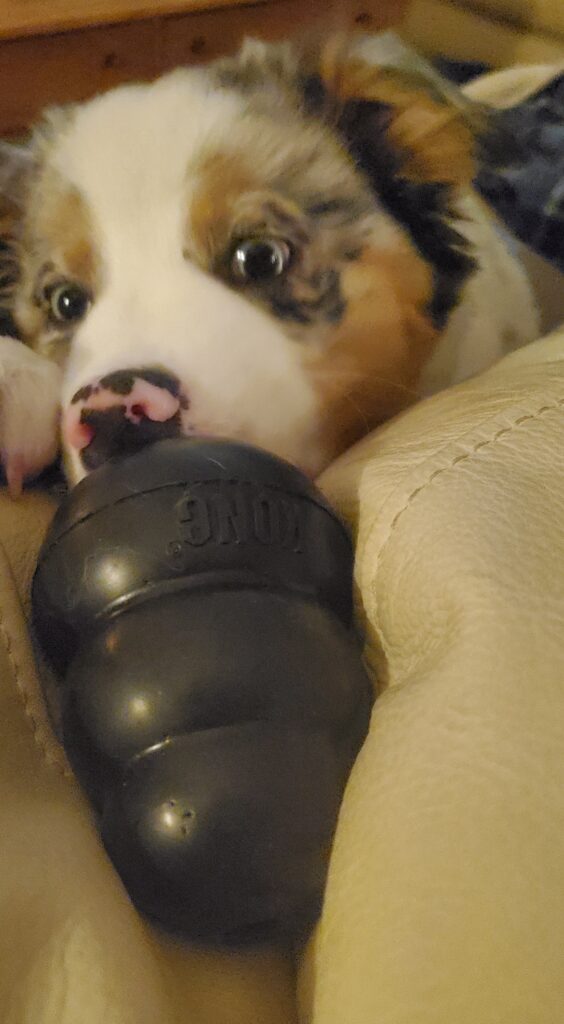Xylitol, also known as birch sugar or wood sugar, is a commonly used sugar substitute. However, xylitol is extremely toxic for dogs, even in small amounts. When ingested, xylitol is rapidly absorbed into the bloodstream, causing a surge in insulin release from the pancreas. This leads to a rapid drop in blood sugar levels, known as hypoglycemia, which can be life-threatening if left untreated. Additionally, xylitol can cause liver failure in dogs, although the exact mechanism is not fully understood. Due to differing amounts of xylitol present in various products, the amount that is needed to be ingested before toxicity varies, but lower doses typically cause hypoglycemia, while higher doses can lead to liver failure.
Recognizing the Symptoms
The initial signs of xylitol poisoning in dogs often include low blood sugar (hypoglycemia), which may include vomiting, weakness, lack of coordination, tremors, seizures, or coma. If you suspect your dog has ingested a xylitol-containing product, it is essential to seek veterinary assistance immediately. Avoid inducing vomiting and contact your veterinarian or a pet poison helpline for guidance.
Treatment and Intervention
There is no specific antidote for xylitol poisoning, but prompt treatment is essential for the best chance of recovery. Treatment typically involves administering intravenous dextrose (glucose) supplementation and liver protective drugs. In all cases the dog will require hospitalization until blood glucose and liver function remain normal.
Prevention Measures
Preventing xylitol poisoning starts with awareness and proactive measures. Store all products containing xylitol safely out of your dog’s reach, and carefully read product labels to identify any hidden sources of xylitol. Xylitol is not limited to foods; it can also be found in a variety of other products. As a sugar substitute, xylitol is commonly used in sugar-free candy, gum, breath mints, chocolate bars, baked goods, cough syrup, peanut and nut butters, chewable vitamins, dietary supplements, and sugar-free desserts. Additionally, xylitol may be present in household items such as baby wipes, mouthwash, toothpaste, deodorant, shaving cream, and lip balm. To access a comprehensive list of xylitol-containing products, simply click the provided link.
Conclusion
Xylitol poisoning poses a significant threat to canine health, but with awareness and preventive measures, it is entirely preventable. By understanding the dangers of xylitol, recognizing the symptoms of poisoning, and taking swift action in the event of ingestion, we can safeguard our beloved pets from harm.








